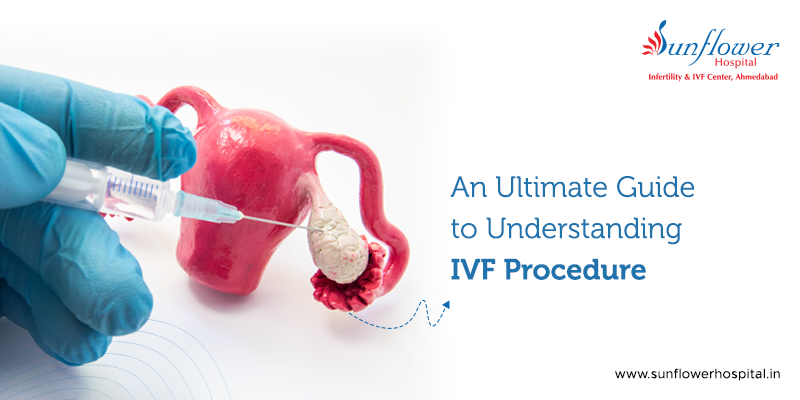Infertility, a reproductive condition resulting from several known and unknown factors, is one major hindrance stopping couples to conceive. But this does not mean the end of your parenthood journey. Thanks to the development of medical technology, several advanced fertility treatments have been developed to help couples struggling with infertility. One such is in vitro fertilization (IVF). Let us take you through a step-by-step IVF guide. This will help you understand the procedure better.
What is IVF?
IVF is a medical treatment wherein professionals retrieve eggs and leave them for fertilization in a specialized laboratory tray. After fertilization, the eggs are placed in the female’s uterus. IVF is generally recommended for couples who fail to conceive naturally due to some known or unknown medical issues. Our infertility specialist in India also advises IVF for couples who couldn’t benefit from other fertility treatments.
IVF Process Guide
IVF is a time-consuming procedure with several steps. They are:
Step 1: Consultation and Evaluation
The process begins with a special consultation wherein doctors will inquire and analyze the couple’s medical history. They will conduct necessary physical examinations and might advise specific tests to understand the ovarian reserve and semen quality.
People in India often hesitate to visit an infertility specialist; however, please know that it will only increase the chances of you conceiving.
Step 2: Ovarian Stimulation
In this stage of the IVF process, doctors will prescribe medications that stimulate the ovaries to produce and release multiple eggs. The higher the number of eggs produced and released, the more the chances of fertilization. To check the maturing of the eggs, professionals will constantly monitor the patient’s progress with the help of blood tests and ultrasounds.
Step 3: Egg Retrieval
After the maturing process is completed, doctors will retrieve eggs with the help of a needle and ultrasound. This procedure takes around 20-30 minutes and is done under anesthesia.
Please know that this step can lead to mild cramps or discomfort but is not severely painful. Moreover, women might experience some vaginal bleeding or spotting post-procedure. In case any of this happens, please do not panic. In case of excessive pain or bleeding, please reach out to the specialist.
Step 4: Fertilization
The collected eggs are left for fertilization with the donor’s or partner’s sperm in a special laboratory tray. Specialists will monitor the eggs for a few days to make sure that they are developing properly. They might end up using ICSI in a few cases wherein the sperm is directly injected into the egg.
Step 5: Embryo Transfer
After successful fertilization and embryo formation, the specialists will use a catheter to place one or more embryos in the uterus. The transfer is done without uranesthesia, and the number of eggs transferred largely depends on several factors, including fertility history, embryo quality, and age.
Step 6: Pregnancy Test
Around two weeks post embryo transfer, the female will be advised to take a pregnancy test and check if the results are positive. In case of successful conception, she will have to undergo routine check-ups and monitoring.
IVF Success Rates
IVF is one of the most successful infertility procedures available; however, its success largely depends on multiple factors. The primary factors are age, the number of embryos transferred, and cause of infertility.
The procedure’s success also depends on the hospital’s experience, approach, and expertise. So, make sure to visit Sunflower Infertility & IVF Center - the best IVF center in India for all your infertility concerns.


Leave a Comment